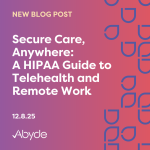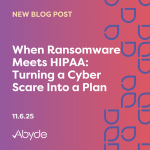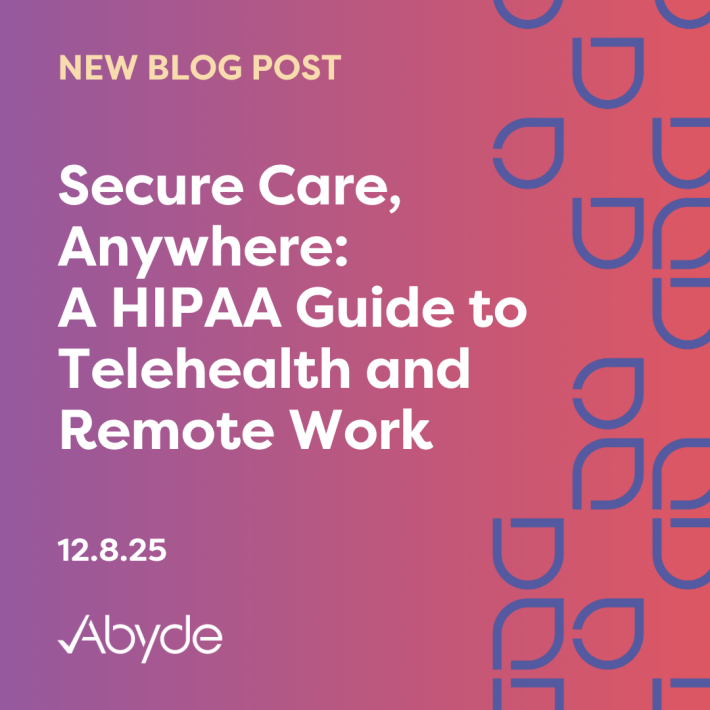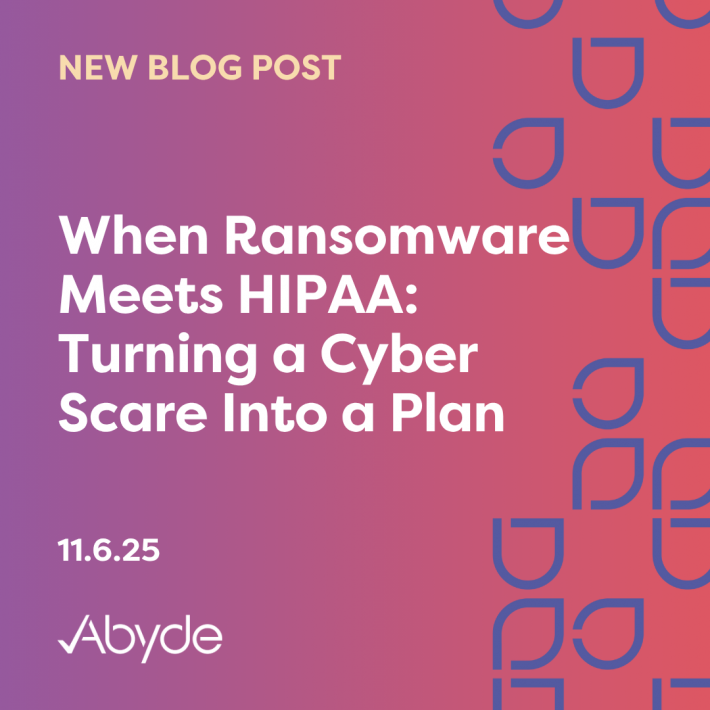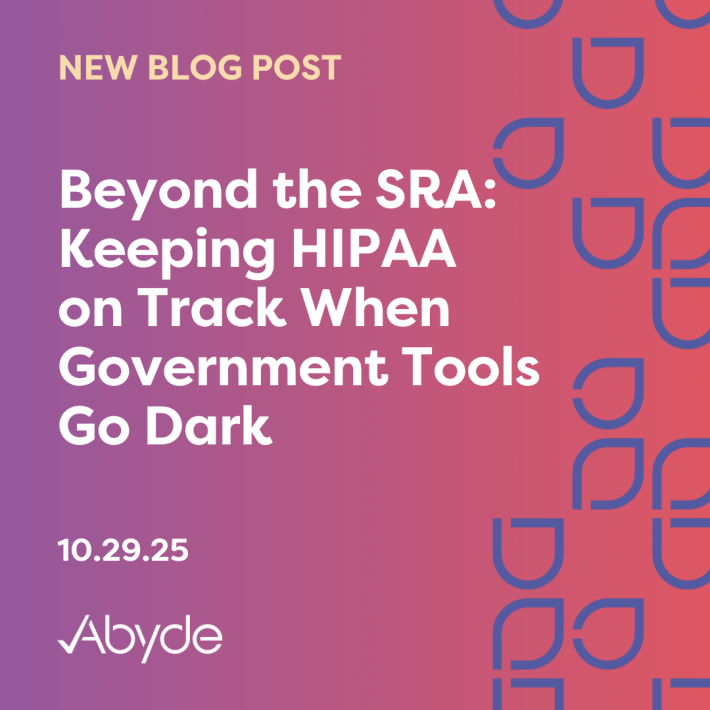February 6, 2025
Running your eye care practice presents a unique set of challenges. From patient care to handling intricate technology, the workload can be demanding. Even though working in eye care keeps you busy, HIPAA compliance must be maintained.
While taking care of your patients’ vision is your first priority, their data health is also important.
HIPAA, or the Health Insurance Portability & Accountability Act, is a federal law that defines what Protected Health Information (PHI) is and what your eye care practice needs to do when ensuring data security.
The Office for Civil Rights enforces HIPAA compliance and has levied monetary fines and other penalties against eye care practices. In fact, an eye care center was fined $250,000 last year after a major ransomware attack revealed its inadequate compliance practices.
When getting your compliance program in order, knowing where to start is vital.
How Can I Achieve HIPAA Compliance for My Eye Care Practice?
HIPAA consists of several major rules and regulations, including the Security Rule, the Privacy Rule, and the Breach Notification Rule.
The Security Rule focuses on the administrative, technical, and physical safeguards a practice needs to deploy to secure patient data. Some common precautions examples include antivirus software, door alarms, and employee ID badges.
A significant component of the Security Rule is the Security Risk Analysis (SRA). The SRA is a comprehensive assessment of your eye care practice’s current efforts to protect patient data. This analysis is the foundation of a compliant practice and allows your practice to identify and address vulnerabilities. The OCR has also increased enforcement surrounding missing this document with the Risk Analysis Initiative.
This rule, as of January 2025, is currently being updated. The proposed Security Rule updates are focused on modernizing the legislation, requiring more safeguards to protect patient data. For an in-depth analysis of the updates, please read here.
The Privacy Rule focuses on limiting how patient data is shared. One part of this rule is the Minimum Necessary Standard, which requires practices to share only the necessary amount of information when handling PHI.
Another component of the Privacy Rule is the Right of Access standard. This requires practices to give patients access to their medical records within 30 days. In some states, this timeline is even shorter.
Lastly, the Breach Notification Rule dictates how affected patients and the OCR need to be notified after a breach. How a breach is handled can vary depending on the severity of the incident.
The OCR must be notified of breaches affecting fewer than 500 people within 60 days of the end of the year. Breaches affecting 500 or more patients must be reported within 60 days of the incident. Affected individuals must be notified within 60 days. Depending on the state, some of these timelines may be shorter, and the state attorney may also need to be notified. These announcements are usually sent out as press releases and provide credit monitoring and more to impacted patients.
What’s Next?
While HIPAA compliance might feel overwhelming, there are ways to streamline compliance. Utilizing smart software solutions can alleviate the stress of compliance, allowing your practice to focus on providing quality eye care.
To learn more about how you can streamline HIPAA compliance in your eye care practice, schedule a consultation with one of our experts today. x
